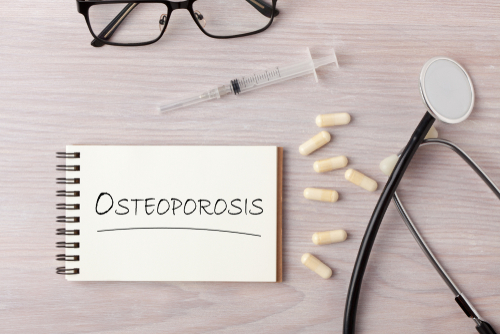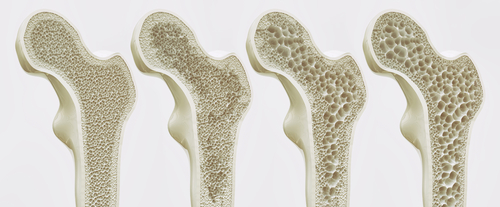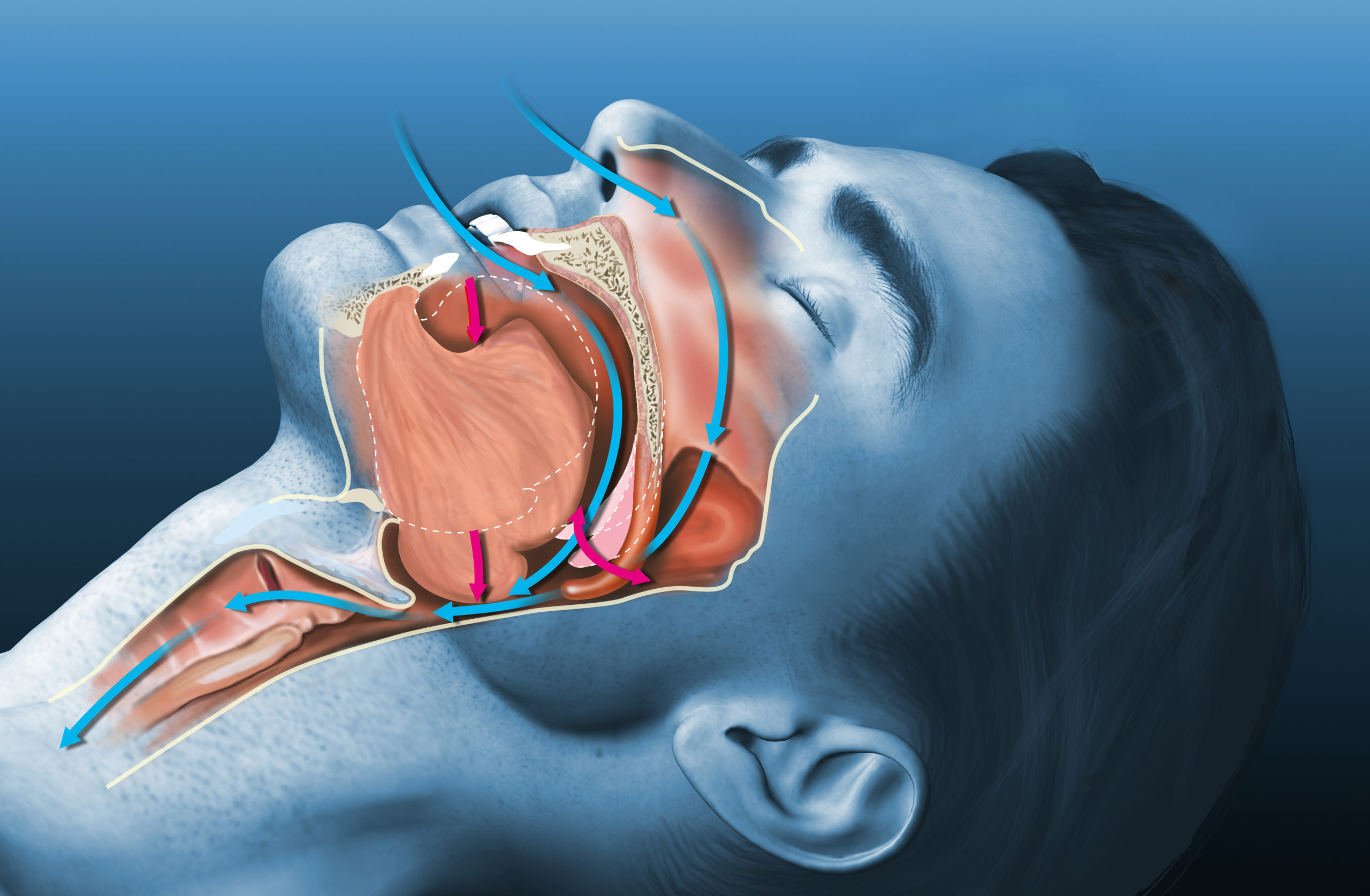
Romosozumab produces “substantial” bone mineral density (BMD) gains at the total hip and lumbar spine within one year of treatment, according to a study published as part of the American College of Rheumatology Annual Meeting. However, treatment sequencing of romosozumab impacts outcomes.
Researchers evaluated the percent change in BMD from baseline at the total hip and lumbar spine from four clinical trials (ARCH, FRAME, STRUCTURE, and a phase II study) in which patients received romosozumab prior to or following an antiresorptive therapy (alendronate or denosumab). Percent change in BMD from baseline was assessed by either an analysis of covariance or repeated measures model adjusting for baseline covariates or as summary statistics.
In the ARCH trial, total hip BMD increased 6.2% following one year of romosozumab and increased a total of 7.1% with the two-year romosozumab/alendronate sequence. For lumbar spine, BMD increased 13.7% with one year of romosozumab and a total of 15.2% with the two-year romosozumab/alendronate sequence.
In the FRAME study, total hip BMD increased 6.8% with one year of romosozumab and a total of 8.8% with the two-year romosozumab/denosumab sequence. For lumbar spine, BMD increased 13.3% with one year of romosozumab and a total of 17.6% with the two-year romosozumab/denosumab sequence.
In the STRUCTURE trial, patients were previously treated for one or more years with alendronate prior to romosozumab. BMD increased 2.9% for total hip and 9.8% for lumbar spine with one year of romosozumab.
In the phase II study, patients were previously treated for one or more years with denosumab prior to romosozumab. For total hip, one year of romosozumab increased BMD by 0.9%, for a total gain of 3.8% with the two-year denosumab/romosozumab sequence. For lumbar spine, one year of romosozumab increased BMD by 5.3%, for a total gain of 11.5% with the two-year denosumab/romosozumab sequence.
“In patients treated with alendronate or denosumab, transition to romosozumab can improve BMD, though gains are not as large as those seen when romosozumab is used first,” the researchers concluded. “Our findings support the concept that high-risk patients should be offered treatment with romosozumab first, followed by transition to a potent antiresorptive.”







 © 2025 Mashup Media, LLC, a Formedics Property. All Rights Reserved.
© 2025 Mashup Media, LLC, a Formedics Property. All Rights Reserved.